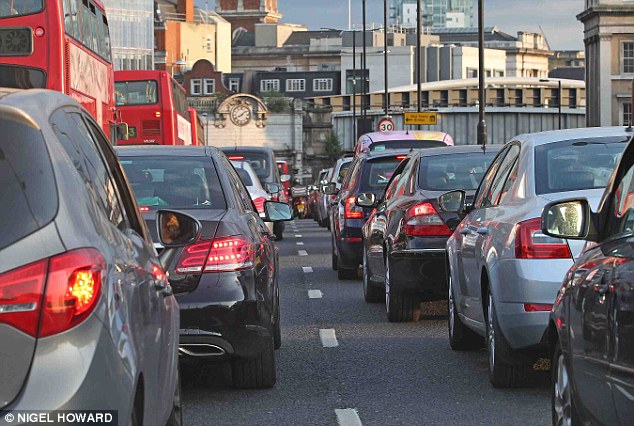
In the before time, when we still had a fossil car we had a rule, we did not take the car out for one errand. One errand was a walk or a cycle to the closest store, not perhaps the cheapest but we saved on gas to make up the difference. We tried hard to make sure we had at least three errands to do in the same end of town before we pushed another dinosaur out into the atmosphere. When we reached enlightenment with Electric Alice that rule went out the window. With no pollution, low costs and even lower guilt, we were freed to drive whenever we felt like it.
In the last couple of weeks and after driving 12,000 km since July, it has become clear to me that this freedom comes at a cost – traffic. Arriving late somewhere we, like most people say we were stuck in traffic, but this a lie, the honest way to phrase this is “we were traffic and traffic was slow”. EVs are great in traffic, quiet, easy to drive and with one foot driving being in traffic is far less taxing than a fossil car.
But we are traffic too, we might not pollute but we can contribute to congestion and by the same measure contribute to pollution indirectly.
With an EV, the personal cost of being in congestion is reduced. An EV is easier in traffic, and more relaxed generally, so it is more tolerable to sit in a traffic jam. The personal cost gets less as the cars get smarter. Tesla, Nissan and VW all sell EVs that will just follow the car in front in a jam, taking over much of the driving task. If we take this to the extreme with autonomous cars (should this turn out to be possible, more on this point in a later post) the personal cost of traffic congestion is almost completely removed. You could work, sleep, play just as you might on a train. You have to wonder if autonomous cars are going to need a washroom and a club car to be really successful. There is a real chance that the move to more automated EVs will mean more traffic. A lot of the rest of traffic will still be burning dinos, reducing the benefit of electrification through congestion.
Fleets of shared self-driving cars, such as Waymo and Uber are proposing would be catastrophic for traffic if they succeed as a large scale replacement for personal cars. Each trip with passengers will require an extra trip for pick up. 50% of traffic from these services will be empty. As a replacement or supplement to transit, the issue of traffic is even worse.
Widespread electrification could impact cities with congestion charges like London. With the current system, EVs are not charged to enter central London, but if significant percentage of all vehicles are electric there is quite the potential for gridlock. Policies will have to be adjusted to ensure traffic can flow and that the streets are not totally given up to cars and trucks, no matter how green they are. Oslo, perhaps the most electrified city in the world will start to charge EVs to enter the city centre as of January. The charge is small (€ 1.1 vs € 4.7 for a petrol car) but will rise again in 2020.
So, my plan is to try to go back to the three errand rule, at least when there is a lot of traffic. Walking and cycling are still better for the world, even if you drive an EV.
Views: 205

The three errand rule is great for those who are physically able to move around and cycle.
I would like to point to another scenario for electric and autonomous cars. When their use is more widespread and cars are shared, this should actually decrease traffic and reduce the amount of parking spaces needed in cities. Cars will carry more people at a time efficiently and no longer need to sit on the lot all day. They will be used wherever needed during the day. That should reduce the total amount of cars needed in a city. This is one vision that has been proposed by some future transportation analyts.
The “shared cars = fewer cars = greater utilization = less parking = good” argument falls apart if the cars are self driving. If one passenger trip also requires an empty trip to pick up the passengers, the actual number of trips doubles. Widely deployed, this is a huge increase in the number of trips and distances traveled. The lower number of vehicles is limited by peak demand and congestion. More congestion caused by self-driving cars reduces capacity and leads to the requirement for more self-driving cars and before long we have a 24 hour traffic jam.